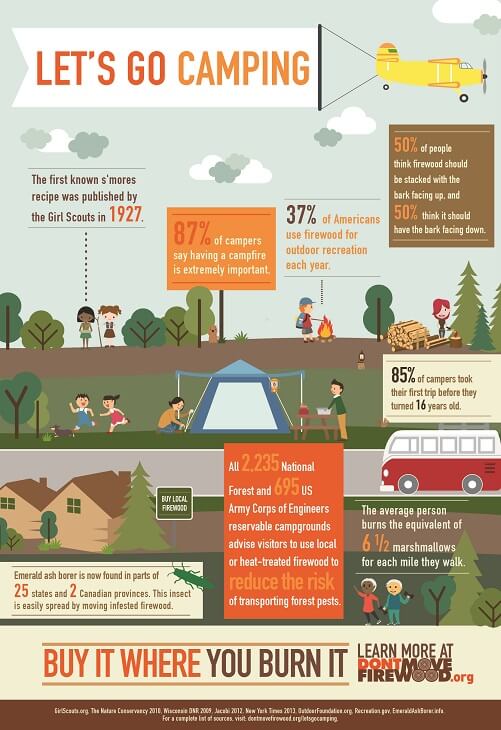The cone-shaped form of a bell camping tent makes it one of one of the most effective sanctuary layouts in background. Recognized by lots of names, consisting of the Tipi, Pal, Goahti, Lavvu, or Nentsi, these single-pole cotton canvas outdoors tents were created with functionality in mind.
Do wall tents have floors?
Their simplicity and simplicity of setting up made them optimal for cultures on the move. This exact same performance caught the eye of recreational campers, who soon incorporated short walls to create a classic outdoor tents layout that we currently called the Bell Outdoor tents.
Beginnings
Bell camping tents are a tried and evaluated type of immediate lodging. Their roomy interiors and useful design-- they are sturdy, easy to establish and can hold up against solid winds as a result of their famous bell form-- have made them a popular choice for camping and glamping.
The modern-day bell outdoor tents traces its origins back to a 19th century armed forces camping tent developed by Henry Sibley. He adapted the layout of the American Indian tipi to produce his special tent which was then taken on by the military for use in military camps and explorations.
The concepts of this camping tent-- rugged and challenging canvas supplying a home-away-from-home for visitors-- have been refined with time to fit the needs of contemporary campers. As an example, contemporary glamping tents supply features such as rugs and beds to boost the convenience of campers. These functions also aid to keep the integrity of the initial layout and secure against the components.
Armed forces Use
In the 19th century, bell outdoors tents were first made use of as military area sanctuaries. They were a prominent selection since they were durable, roomy, and very easy to establish. Today, these tents are preferred amongst campers and glampers for their trendy and practical style.
They are also extensively utilized in military and rescue procedures, where quick deployment is vital. Their easy structure suggests that they can be established in a short quantity of time, giving employees more time to concentrate on the objective at hand.
The bell outdoor tents is normally made from a sturdy and weatherproof canvas, with a centre post that's supported by a collection of secures. Period prints reveal that these tents were formed much more like a cone than a squat framework, and the wall surfaces were small in regard to the height of the facility post. This allowed them to stand up to wind and rain. They were usually utilized by the ANZAC troops on their explorations across Europe and Gallipoli.
Glamping
Glamping is a contemporary outdoor recreation that has ended up being increasingly preferred. People from all profession are searching for a means to take pleasure in the great outdoors comfortably and style. Whether it's a charming getaway or a family members camping journey, a good quality outdoor tents can make all the difference.
A bell outdoor tents's round shape helps with stability in gusty conditions, while its roomy inside can fit many individuals. It is likewise very easy to set up, calling for only a main pole and a cone-shaped canvas roof that clears up right into a broad base.
The bell outdoor tents was created by Henry Hopkins Sibley, a United States Army soldier that served on the Texas frontier in the cool camping gift 1850s. He took motivation from tipis he saw, and created a style that was durable and conveniently transportable. His camping tent was patented in 1856.
Contemporary Use
Today, bell camping tents are a staple in store camping websites, event lodgings, and as classy outdoor sanctuaries for wedding celebrations or resorts. Their fashionable, timeless styles mix tradition with modernity, making them a preferred amongst those looking for special and comfy lodgings that are both visually enticing and surprisingly simple to establish.
The modern bell camping tent traces its beginnings back to traditional camping tents made use of by nomadic tribes in Northern Europe, but experienced its prime time around the 19th century when canvas changed animal hides as the primary material. This adjustment, combined with a useful style that focuses on headroom, saw the development of a preferred army field shelter and, later, the legendary tent we know as the bell.
In the 1850s, a United States Military soldier named Henry Hopkins Sibley produced the very first modern-day bell tent. Drawing motivation from the tipis he had actually seen on the Texas frontier, his brand-new tent used a solitary main post and vents to develop a structure that was both resilient and quickly mobile.
How much wind can a tent take?
